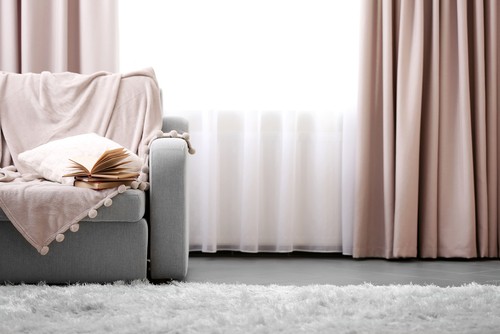Do Curtains Have To Touch The Floor? Curtain size is largely a matter of personal opinion, but if the plates are longer, the bottoms will fray, and if they aren’t long, they will seem as inappropriately short trousers on tall legs. If you’re going for different panels or lovely pools, get the dimensions correct to build perfectly bordered walls that appear higher. Choose the curtains to enclose the windows.
If you determine that curtains are the best choice for your space, we’ll help you choose the correct substance, and rods to finish the look. Finally, for a sleep-friendly room, try blackout drapes or long silk drapes for a luxurious appearance in the bedroom. Read on: Do Curtains Have To Touch The Floor?
Table of Contents
Rod Rules
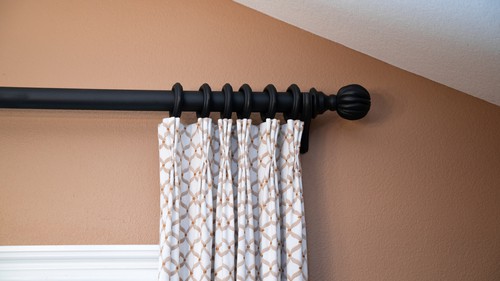
If you’re utilizing rod-pocket curtains, the place from which you will calculate drape size isn’t always where the drape rod hangs. Take the rod-to-floor length as a reference for other drape designs, then subtract a half-inch for drape hooks, and an inch for ground clearance.
If the pole isn’t already in position, adjust it to the desired curtain size; prevent hemming by choosing a suitable ready-made drape length.
Hang the drapes wide to allow the entire window to be seen, maximizing the sight and natural sunlight. Determine drape width, allowing for 1 1/2times the spread, for optimum fullness whenever the drapes are drawn.
What about Material and Design in Bedroom Curtains?

Pattern
If you’ve decided on curtains, think about the ambiance of the space to assist you to choose the perfect texture. Rich silk or satin (a fantastic choice for the bedroom) is ideal for a formal setting.
Smooth rayon mixes and cotton are more affordable alternatives. Billowy linen and puffy shredded velvet provide a relaxed vibe. Cotton-based mixtures, and wool mixes, go with any style of décor and provide a crisp, clean feel.
Color
You’ll have to determine whether you need the drapes to fit in or stand out. Choose drapes that are the same color as the walls but a few tones darker, or even a non-dominant faint hue in the space for mixing. If you want to add an extra surprise, a vivid color will function as an exclamation mark.
Also, remember that the color will infiltrate the room if the light hits the unlined drapes. Rose can be cheerful, whereas black can be frightening.
Designs and Graphics
Go with plain drapes if you have multicolored furnishings and bedding (or an ornate rug). Choose patterned drapes if you own solid decor or furnishings. Choose a small, moderate print, such as circles or swirls that looks textured from distance for a modest pop of style and excitement.
A large, colorful poster in a complementary color to the current decor is risky, but it can pay off handsomely.
Touching the ground lightly
The most elegant length for curtains is when they lightly touch the ground. To accomplish this effect, however, significant care must be taken to determine and trim the cloth panels.
It’ll be worth the time because your curtains may fit properly and appear to be custom-made for the frames they’ll be covering.
Floating a centimeter or less off the ground
Another fashionable alternative is to have drapes that are only a centimeter or two above the ground. This form makes it simple to open and close the curtains, making it a good choice for frequently used windows.
This choice is more lenient than ones that strike the floor perfectly, so the measurement and sewing won’t be thrown off if you’re a few millimeters wrong. It implies you won’t have to be concerned if your flooring is somewhat uneven.
Do curtains have to touch the floor?
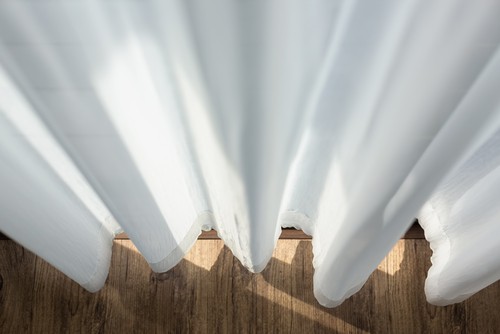
Following are some things to consider while determining the length of the curtains for your room:
Shattered on the ground
Many individuals like to have their drapes shatter on the ground, with material extending beyond it. It is normally accomplished by adding 2 or 3 inches of material to the curtains, though in rare cases – particularly in conventional spaces – curtains will reach six inches below the floor, causing the fabric to puddle.
This look is best achieved with thicker, high-quality material because a puddle will remain in place once shaped.
While this design can work in some settings, remember that curtains that fall on the ground will require additional upkeep. They will accumulate dust and dog hair considerably easily, necessitating more frequent cleaning.
Curtains that are not too long
Shorter curtains are not desirable, and drapes that fall more than a centimeter above the floor are rarely desired. Not only may too small curtains look old, but they may make the roof appear lower. Shorter drapes, on the other hand, are a practical solution in a few situations. The drape fall is the measurement from the beginning to the end of the drape.
Grazing
It is a very precise effect in which your curtains graze against the ground but do not tear or disclose any of the borders. To do so, precisely calculate the length between the drape pole and floor, and then have the drapes trimmed to that appropriate length. It’s a beautiful, light appearance that’s well worth the extra effort.
Where must drapes fall to?
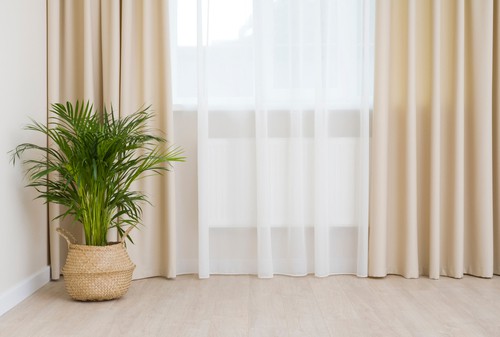
The length of the curtains is determined by your taste and the aesthetic you want in the bedroom design. Consider hanging or cafe-type drapes that don’t entirely reach the ground for a more relaxed look.
For huge spaces, apartments with high ceilings, or anyplace you want to create an airy atmosphere, a long drape type such as floating is perfect. Short drapes are ideal for small areas or frames above a table or furniture.
Do Curtains Have To Touch The Floor? – Conclusion
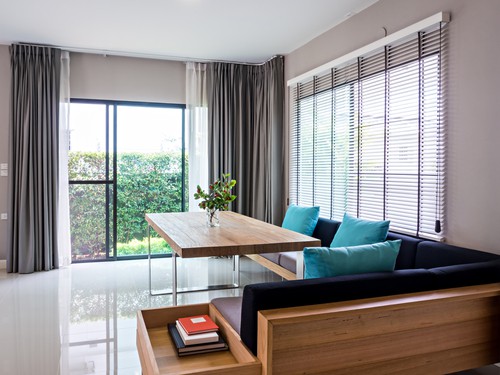
You can get the drape drop dimensions fast and easily with a measurement tape. Curtains must be bigger than the windows as a general principle. If you’re using a rod that goes within the windowpane, you choose to hang the drapes somewhat above the frame, so you’ll want a few centimeters to compensate for that.
If you select a cafe drape, the curtains may likewise be smaller than the windows. Any width above this may be determined by the drape design you choose. The length of time your drapes should fall on the ground is determined by the aesthetic you want to achieve.

